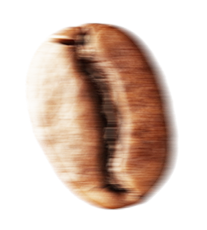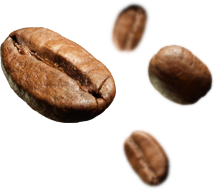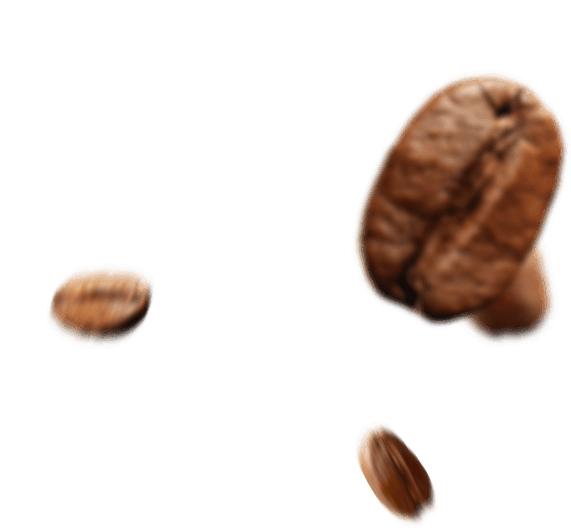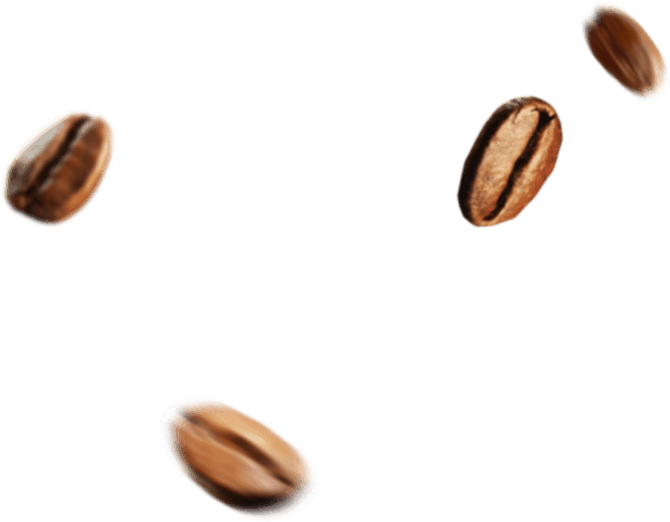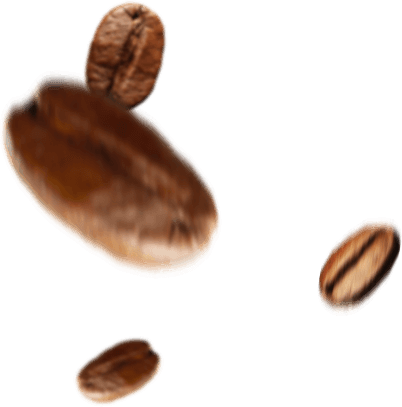Onсe I came across the phrase: "Coffee is the second most valuable product in the world market after petrol"... It passed all believes, but from that very moment the history of the company FosCorp LatAm begins. The desire to build a business going after the Kings of gasoline had sprung! At that time, all my experience was limited to the use of Brazilian soluble coffee in the era of Soviet perestroika. But the desire is equal to the opportunity, if step by step one goes to his goal...
2018 made us, three friends, move from the category of dreamers into business partners. FosCorp LatAm has acquired its legal attributes, logo and willingness to take a new step.
FosCorp LatAm is registered in the United States of Mexico as one of the largest coffee producers in the world. According to the World Bank's ease of doing business, Mexico occupies the 49-th place in the world. This is the 15th world’s economy and the 13th largest territory. Our company’s heart and roots are here!
FosCorp LatAm is an exporter of green Coffee of commerce, premium and speciality level. We are constantly looking for the best coffees among the manufacturers of 15 states of the country. Our company is aimed at rapprochement and construction of long-term mutually beneficial cooperation between coffee growers and roasters.
Our coffee does not stale in the warehouses of Europe, it is always fresh! And if you want to get to know the way of each grain from the diligent hands of a Mexican peasant to your roster, as well as to drop a few bright lines, let's do it together!


